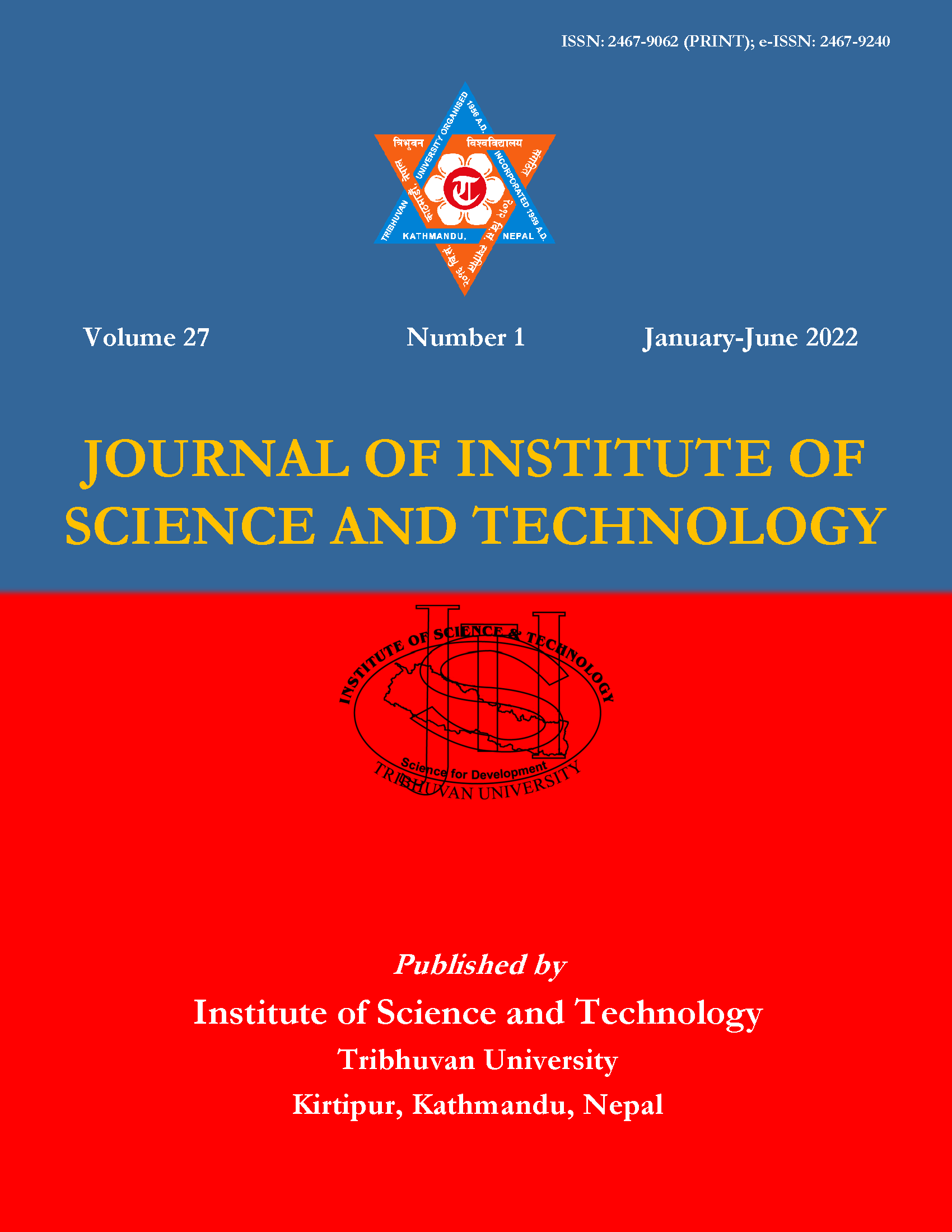Attention based Recurrent Neural Network for Nepali Text Summarization
DOI:
https://doi.org/10.3126/jist.v27i1.46709Keywords:
Abstractive text summarization, encoder-decoder, long short term memory, Nepali language processing, recurrent neural networkAbstract
Automatic text summarization has been a challenging topic in natural language processing (NLP) as it demands preserving important information while summarizing the large text into a summary. Extractive and abstractive text summarization are widely investigated approaches for text summarization. In extractive summarization, the important sentence from the large text is extracted and combined to create a summary whereas abstractive summarization creates a summary that is more focused on meaning, rather than content. Therefore, abstractive summarization gained more attention from researchers in the recent past. However, text summarization is still an untouched topic in the Nepali language. To this end, we proposed an abstractive text summarization for Nepali text. Here, we, first, create a Nepali text dataset by scraping Nepali news from the online news portals. Second, we design a deep learning-based text summarization model based on an encoder-decoder recurrent neural network with attention. More precisely, Long Short-Term Memory (LSTM) cells are used in the encoder and decoder layer. Third, we build nine different models by selecting various hyper-parameters such as the number of hidden layers and the number of nodes. Finally, we report the Recall-Oriented Understudy for Gisting Evaluation (ROUGE) score for each model to evaluate their performance. Among nine different models created by adjusting different numbers of layers and hidden states, the model with a single-layer encoder and 256 hidden states outperformed all other models with F-Score values of 15.74, 3.29, and 15.21 for ROUGE-1 ROUGE-2 and ROUGE-L, respectively.
Downloads
Downloads
Published
How to Cite
Issue
Section
License
Copyright (c) 2022 Institute of Science and Technology, T.U.

This work is licensed under a Creative Commons Attribution-ShareAlike 4.0 International License.
The views and interpretations in this journal are those of the author(s). They are not attributable to the Institute of Science and Technology, T.U. and do not imply the expression of any opinion concerning the legal status of any country, territory, city, area of its authorities, or concerning the delimitation of its frontiers of boundaries.
The copyright of the articles is held by the Institute of Science and Technology, T.U.




